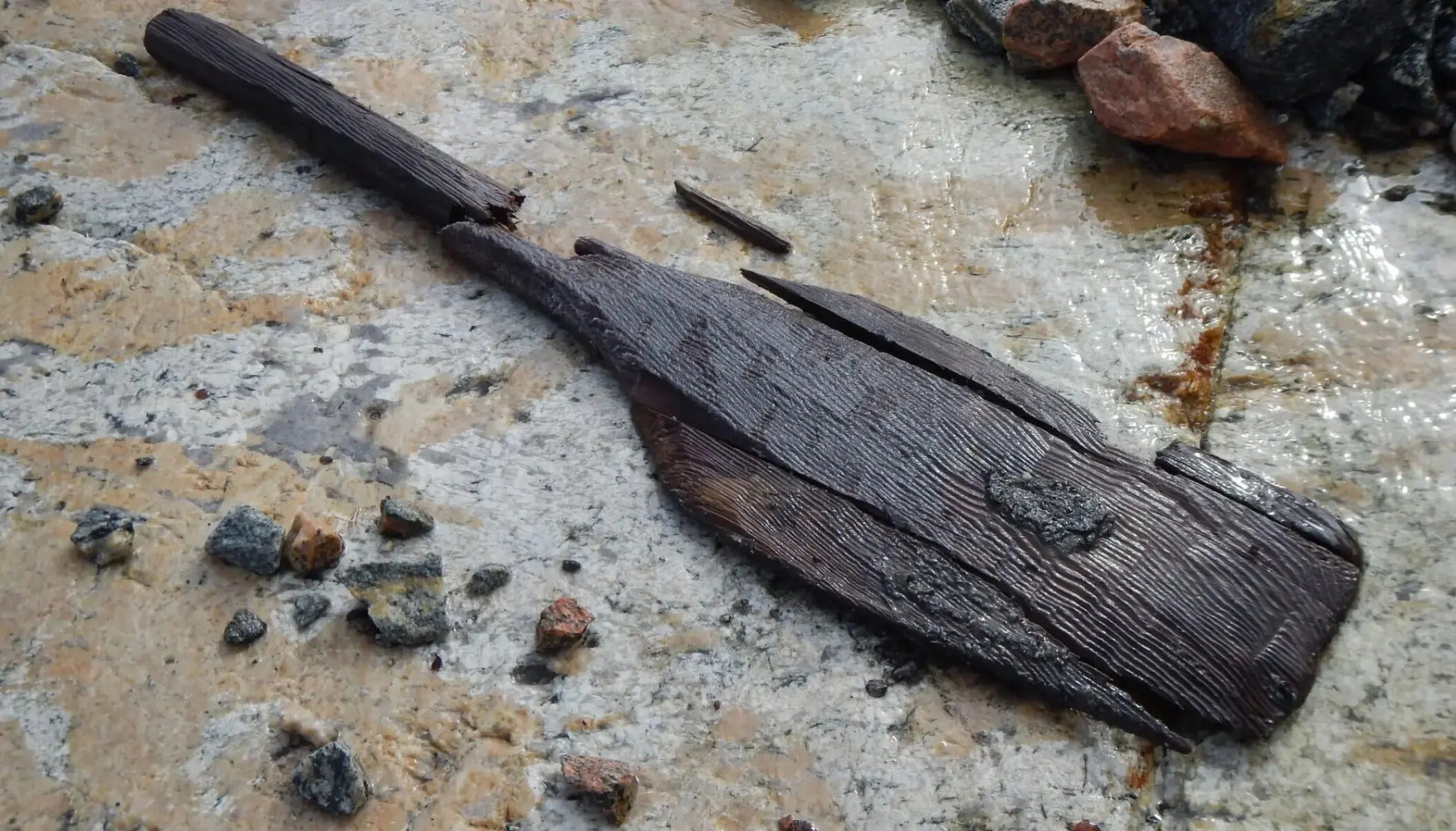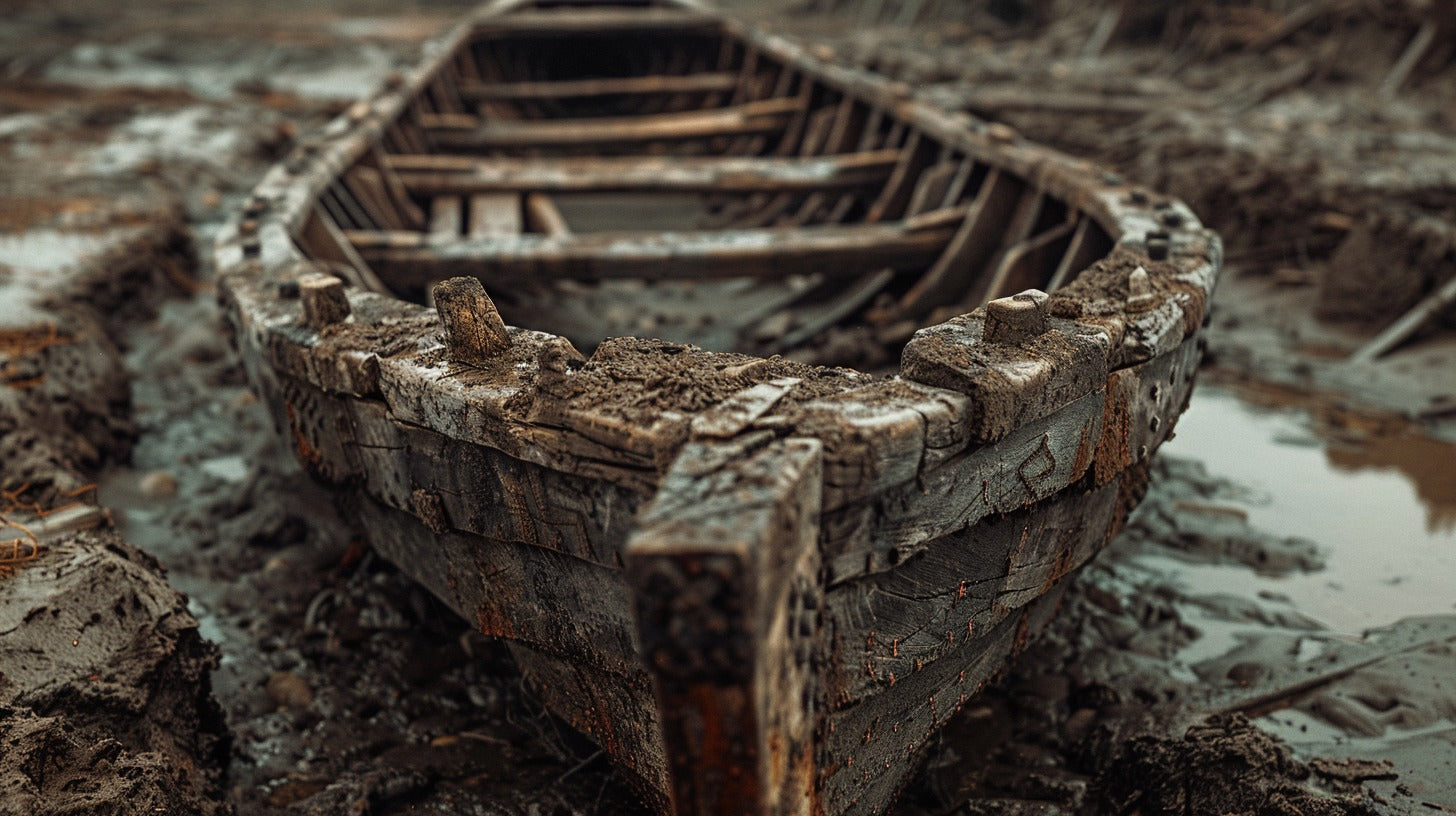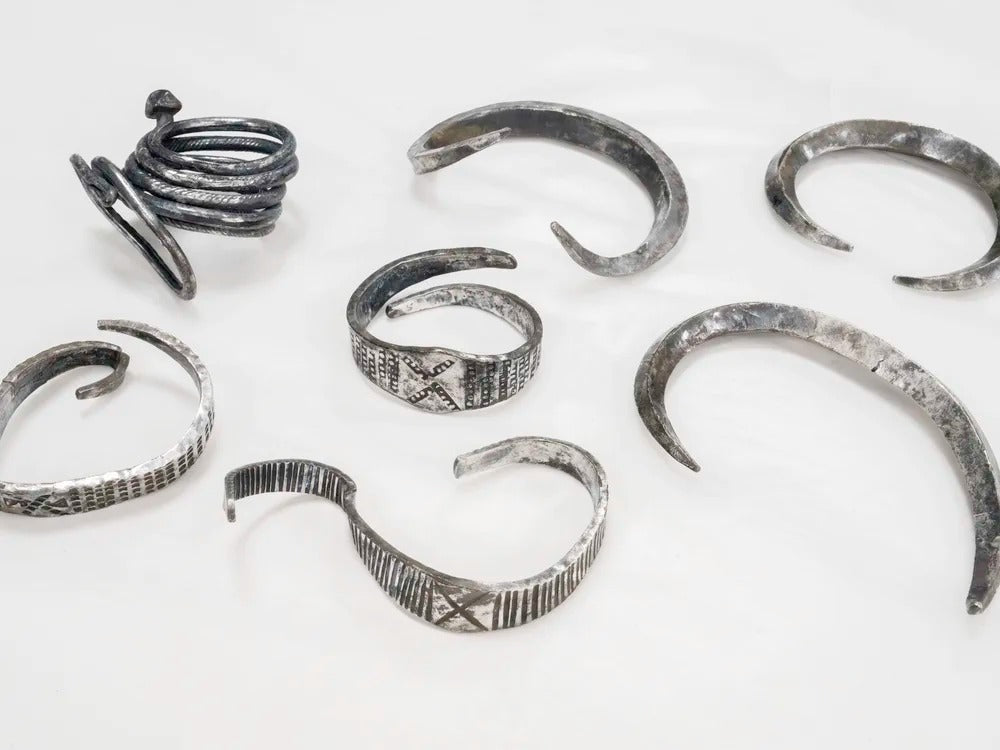
Archaeologists Urge Hikers to Watch for Artifacts as Norway’s Snow Melts
As the mountains of Western Norway experience an unusually warm summer, archaeologists are issuing a call to hikers to remain vigilant. This surge in temperatures has led to the exposure of ancient artefacts long buried under snow and ice. This phenomenon, which recalls similar events from a decade ago, underscores the broader implications of climate change on archaeological research and our understanding of historical human activity.
The Impact of Climate Change on Archaeological Discoveries
The recent warm conditions echo the summer of 2014, which saw a significant increase in the uncovering of ancient artefacts. The melting of snow and ice reveals a window into the past, offering new insights into ancient societies. Archaeologists Guro Dehli Sanden and Kristoffer Dahle, who have been at the forefront of this research, have observed that these artefacts—ranging from Viking swords to hunting tools—provide a unique glimpse into the lives of those who roamed these mountains centuries ago.
Historical Context of Artefact Discoveries
In 2014, the extreme weather conditions led to the discovery of a wooden spade dating back to 180-350 AD, as well as several 'scaring sticks.' These sticks, used by ancient hunters to drive reindeer towards traps, are an example of how these finds contribute to our understanding of prehistoric hunting practices. The resurgence of similar discoveries this summer highlights the ongoing importance of these environmental conditions in uncovering historical artefacts.

Discovered at Grovåskardet in Fjord municipality after the snow melted, this wooden spade dates back to 180-350 CE. (Photo: Dag Ringstad / Møre og Romsdal County Municipality / NTB)
The Archaeological Significance
The recent melting has prompted a renewed interest in the significance of these artefacts. For instance, the discovery of Viking Age swords and tools not only enhances our knowledge of Norse craftsmanship but also provides context to their societal structure and daily life. Artefacts such as the wooden spade and scaring sticks are invaluable for understanding the technologies and practices of early hunters and gatherers.
Recommendations for Future Exploration
Given the current conditions, it is crucial to take certain steps when encountering ancient artefacts. The advice from archaeologists includes photographing the site and artefacts, noting GPS coordinates, and ensuring that any finds are preserved correctly. If an artefact cannot be safely transported, it should remain in its location to avoid damage.
Preservation Techniques
The preservation of artefacts, particularly those exposed to melting snow, is essential for maintaining their integrity. Artefacts should be kept cool, and organic materials such as antlers or bones should be frozen to prevent deterioration. These measures ensure that the artefacts can be studied and preserved for future generations.
Engaging the Public
Archaeologists encourage hikers and outdoor enthusiasts to participate in this process by remaining alert and reporting their findings. This public involvement not only aids in the preservation of artefacts but also fosters a broader appreciation for historical research and the importance of environmental conditions in archaeology.
Conclusion
The resurfacing of ancient artefacts due to melting snow offers a poignant reminder of how climate change impacts archaeological research. By understanding and preserving these finds, we gain invaluable insights into our past. Continued vigilance and public engagement are essential for uncovering and preserving these historical treasures. Future research should focus on the implications of climate change for archaeological sites and the best practices for preserving newly discovered artefacts. As we continue to explore these ancient remnants, we not only uncover the mysteries of our past but also prepare for the challenges of preserving history in a changing world.
References
NTB. (2024, August 25). Ancient artefacts resurface as mountain snow melts: Archaeologists urge hikers to stay alert. Science Norway.








